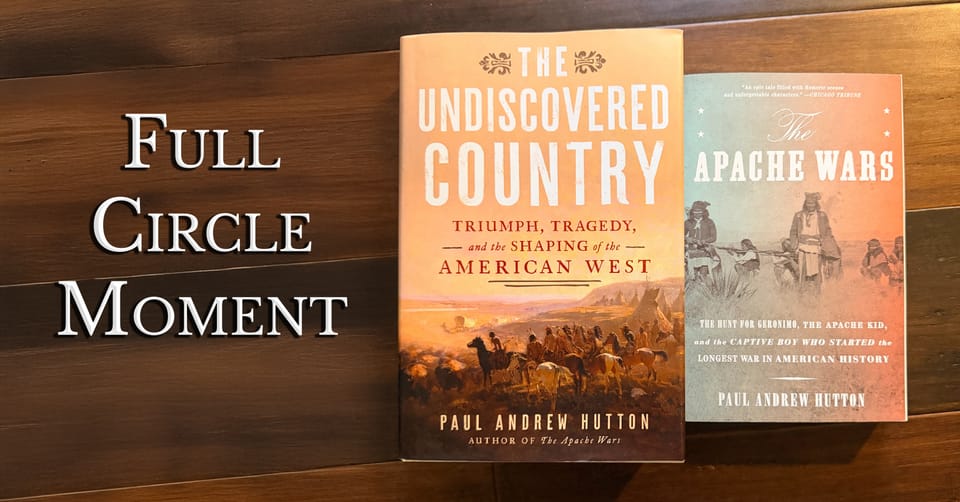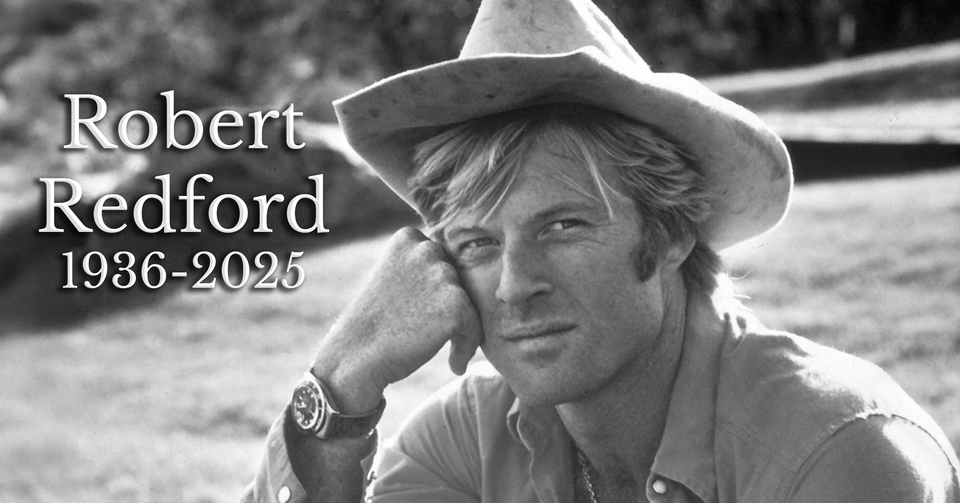Bison & Cougars & Bears! (And Lies)
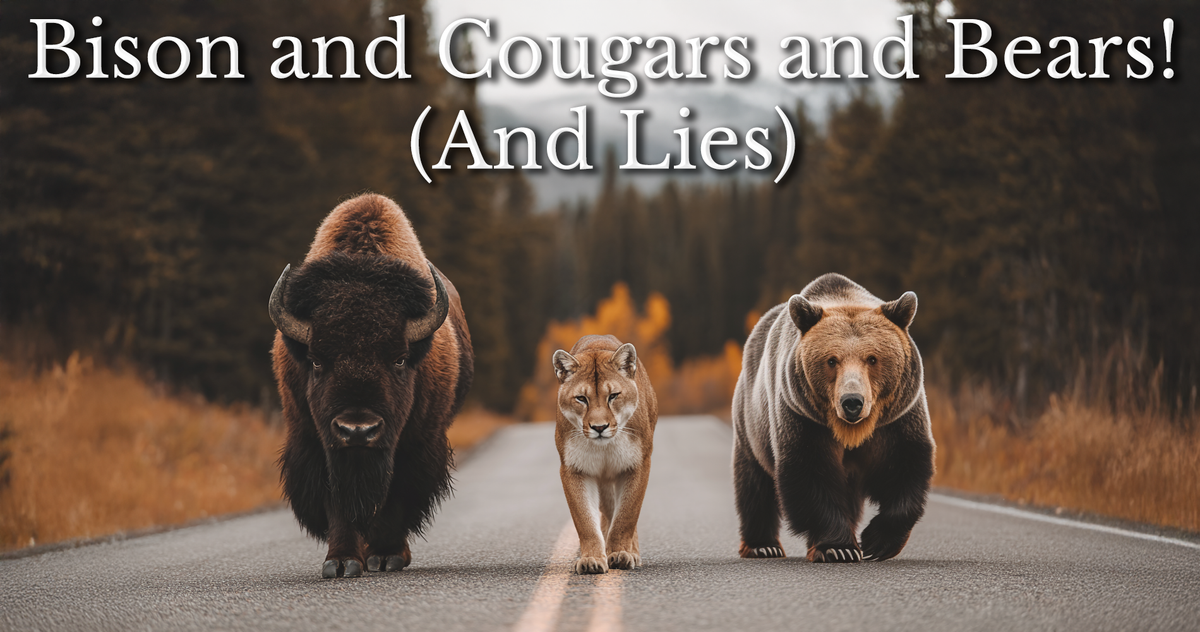
You may have seen the picture. The road leading away from Yellowstone National Park is impassable, crowded with grizzly bears fleeing the area. Accompanying the picture is an explanation that park officials believe that "they know something we don't," suggesting the imminent eruption of the supervolcano that powers the region's geothermal activity.

Next thing you know, your aunt is sharing the story, which of course her friend who just visited the park says she saw for herself. She says she also saw a trail cam of elk fleeing the area and a herd of bison storming away towards Salt Lake City. Your uncle agrees, citing a post he saw where hundreds of mountain lions have recently exited the premises.
It’s a gripping idea. It’s also false.
Like most viral myths, this one has roots that go back years. In 2014, a video circulated showing bison running down a road toward the park entrance. A conspiratorial YouTuber suggested they were fleeing an impending eruption. It racked up millions of views. Snopes debunked it at the time, pointing out that the animals were actually headed into the park, and that their movement wasn’t out of the ordinary for the season.
But, like the park's ursine population, rumors don’t die. They hibernate.
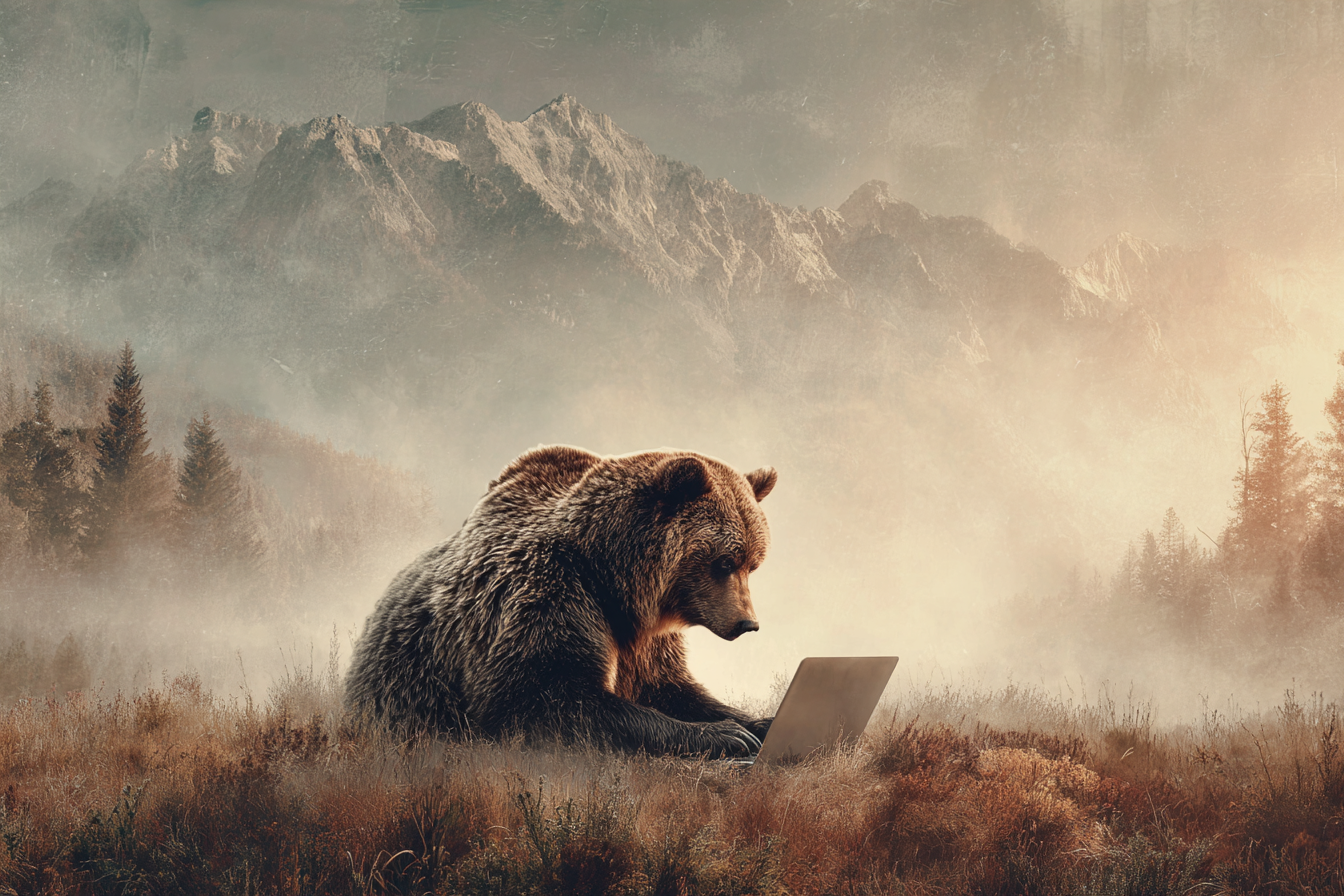
Lately, the same claim has resurfaced, this time dressed up in AI-generated images and stitched into TikToks with anxious voiceovers. It’s not coming from the U.S. Geological Survey. It’s not coming from park rangers. It’s not coming from science.
But if you hear something often enough, it starts to sound true.
That’s not a glitch in the human brain—it’s a feature. Psychologists call it the “illusory truth effect.” The more we hear a claim repeated, the more familiar it feels, and the more likely we are to believe it. It's the reason politicians double down when they're called out on their lies.
Let’s say people start hearing—casually, maybe in a tweet, maybe in a Facebook post by my mother, maybe carved into a bathroom stall—that Texas Jack: America’s First Cowboy Star is the greatest book of all time.
One person sees it and says, “Huh.”
Another sees it and says, “That’s oddly specific.”
A third sees it and thinks, “Didn’t my cousin post something about that guy last week?”
A fourth person—who has never read a book without an adolescent wizard in it—repeats it at a party:
“Oh yeah, that Texas Jack book? Supposed to be incredible.”
By the tenth repetition, people are saying it with confidence:
“It won a Pulitzer, I think. Or a Spur. Or both? Anyway, it changed my life.”
By the hundredth, a TikTok teen is crying on camera, holding the book up while Ennio Morricone plays softly in the background.
And by the thousandth? Scholars are quoting it in their dissertations. A major studio is optioning the rights with a big star attached. Texas declares a new state holiday.
Nothing has changed about the book.
What’s changed is how many times people have heard that it’s great.
That’s the illusory truth effect. I mean, yes—Texas Jack is still a pretty great book, even if you only heard it here first. But that's not my point (I don't think...)
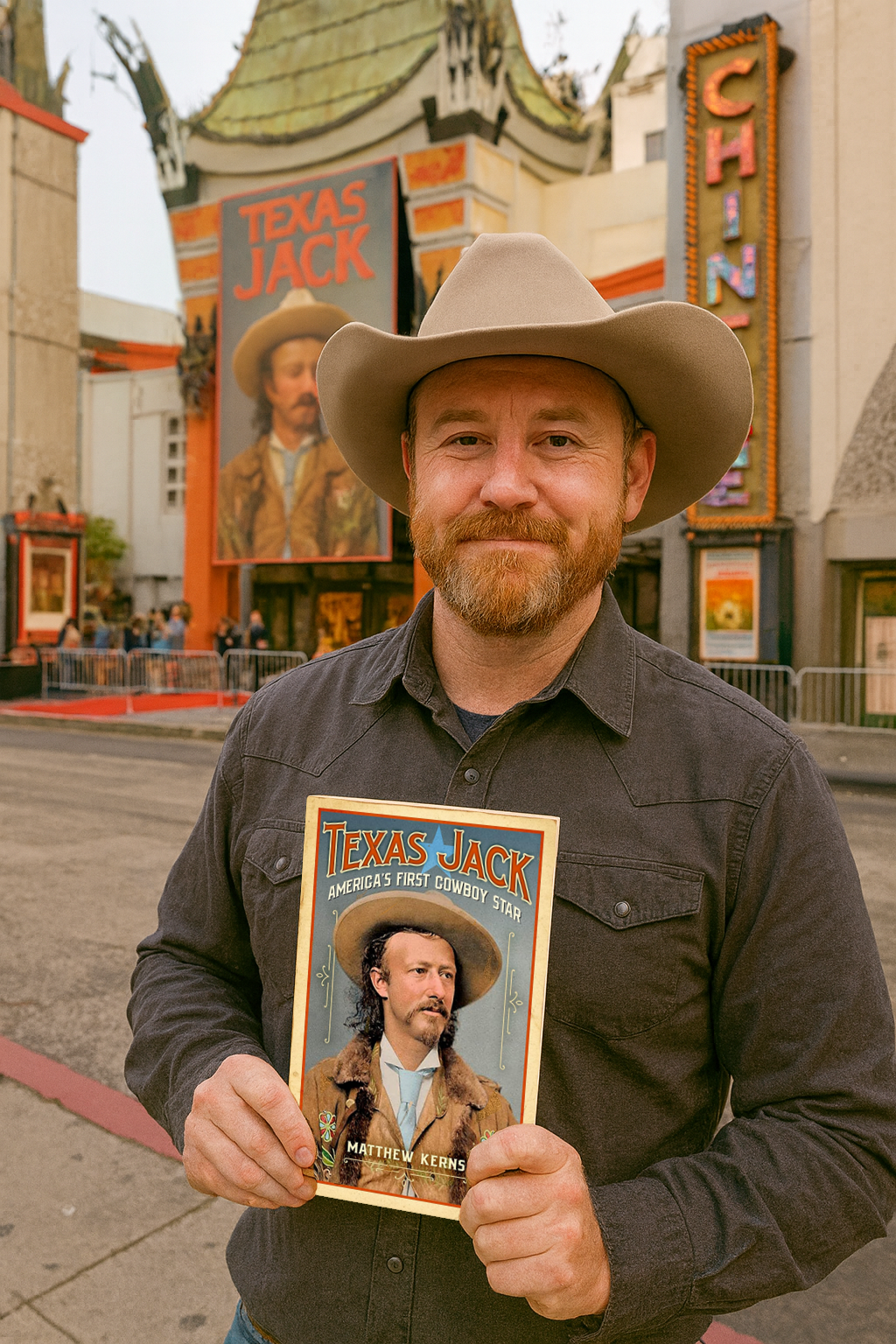
Social media turns this quirk of psychology into a machine. The goal isn’t to inform. It’s to grab your attention. Fear works. often better than truth. So does mystery. And if you can toss a bison herd or a grizzly bear in there for good measure, all the better.
But in this day of widespread generative AI, don’t mistake viral video for a verified fact.
Bison flee impending spring-breakers at Daytona Beach
The Yellowstone Volcano Observatory, operated by the U.S. Geological Survey, is pretty clear on this one. Their recent article, titled “No, Animals Are Not Leaving Yellowstone National Park,” lays it out plainly:
“There is no evidence suggesting unusual animal behavior in Yellowstone National Park, and no scientific data indicating an imminent eruption” (USGS YVO News).
In fact, animal migrations in and around Yellowstone are seasonal and well documented. Bison, elk, bears—they move. They always have. Yellowstone may be one of the most protected landscapes on Earth, but its boundaries are human inventions. The animals don’t recognize the edges we drew on a map. They roam because that’s what they’ve always done. The park exists for their benefit, but it was built for us—to preserve a piece of the wild, not to fence it in.
The USGS monitors the park continuously for seismic, thermal, and ground deformation activity. And they report on the results of this monitoring. If something truly alarming were happening, you wouldn’t need to hear it from TikTok.
The latest twist to all this? Generative AI.
It’s easier than ever to whip up a convincing photo or video: elk stampeding past Old Faithful, a bear standing at the closed entrance gate, ominous clouds forming over the caldera. Most people scrolling by won’t know the difference. They’ll just know they saw “something about Yellowstone” from three different sources today.
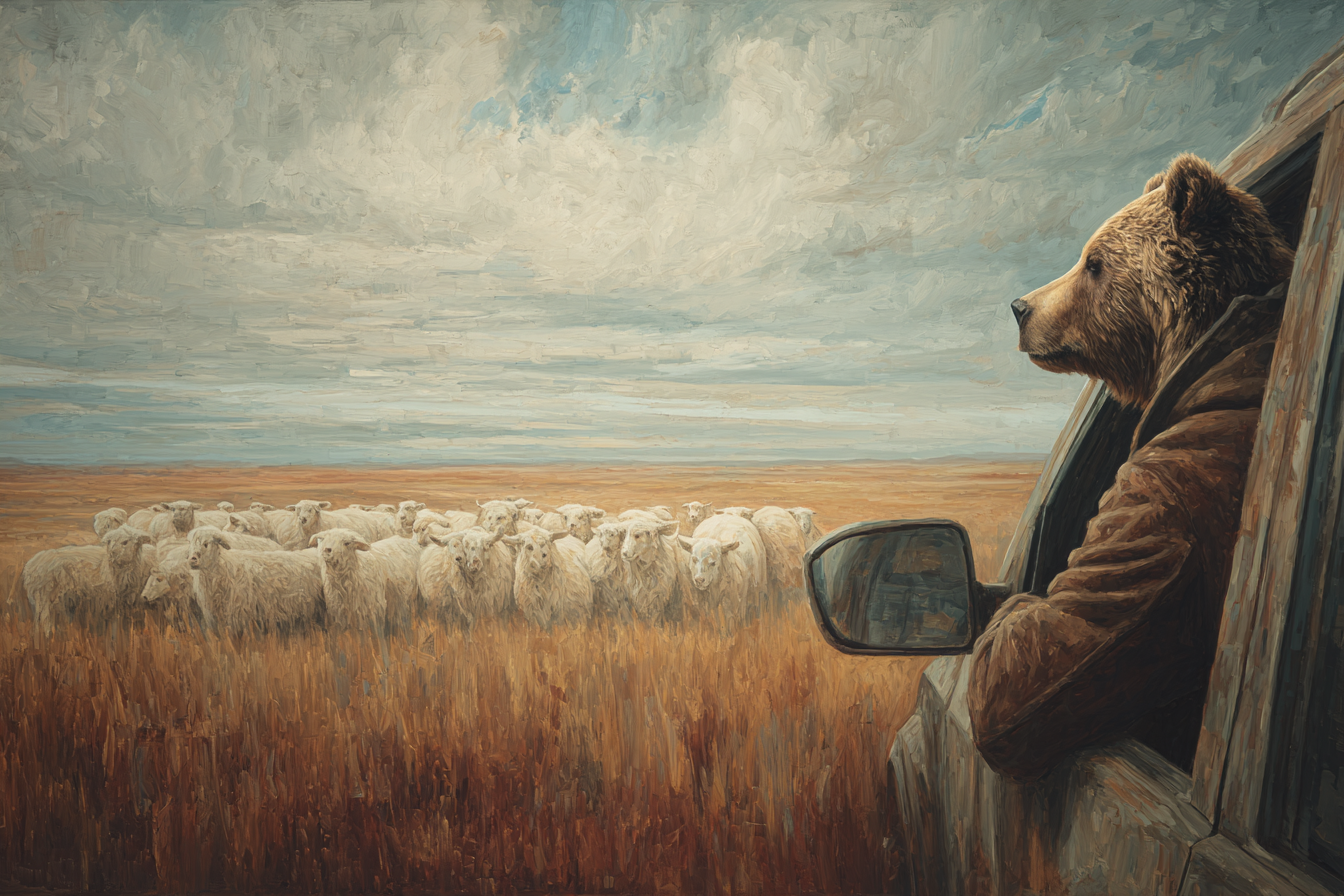
But if the evidence is fake, the panic it causes is very real.
The real danger facing Yellowstone isn’t boiling beneath the ground. It’s simmering in Washington.
Cuts to the National Park Service budget threaten staffing, maintenance, education, and conservation efforts. And as always, one of the park’s greatest challenges remains the people who visit it—straying off trails, approaching wildlife, or tossing trash into geysers. Yellowstone has survived fire, flood, and time. It has largely survived us. But it’s constantly endangered by our own casual disregard.
The story here isn’t about a volcano waking up.
It’s about what we choose to believe. And how quickly we forget that the truth—quiet, consistent, unglamorous—has to work a lot harder to be heard over a good story.
Even, and maybe even especially, when the good story is a lie.
(All images/videos in this post were created with AI)
Quillbilly Matt
Matthew Kerns is the Spur and Western Heritage Award–winning author of Texas Jack: America's First Cowboy Star.
